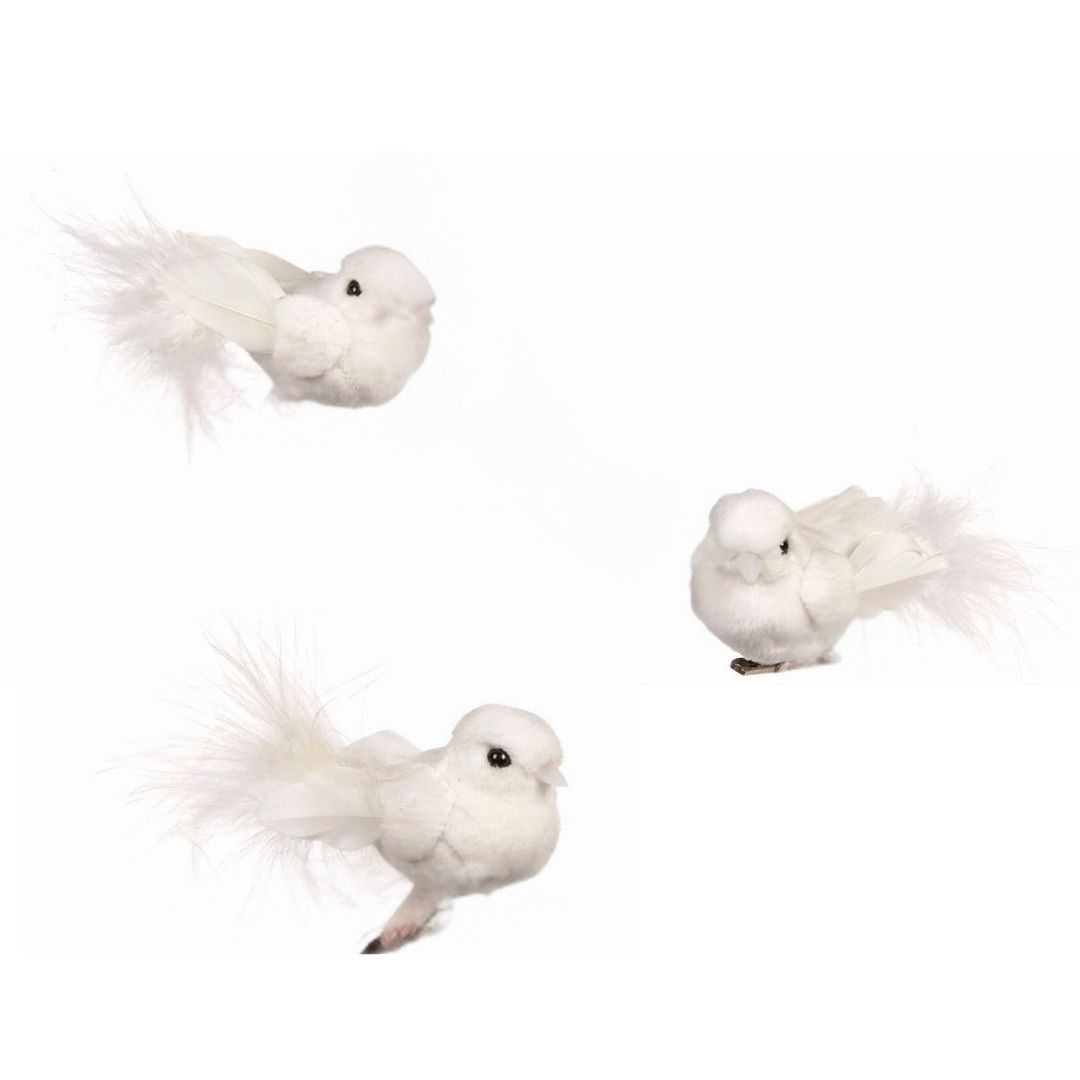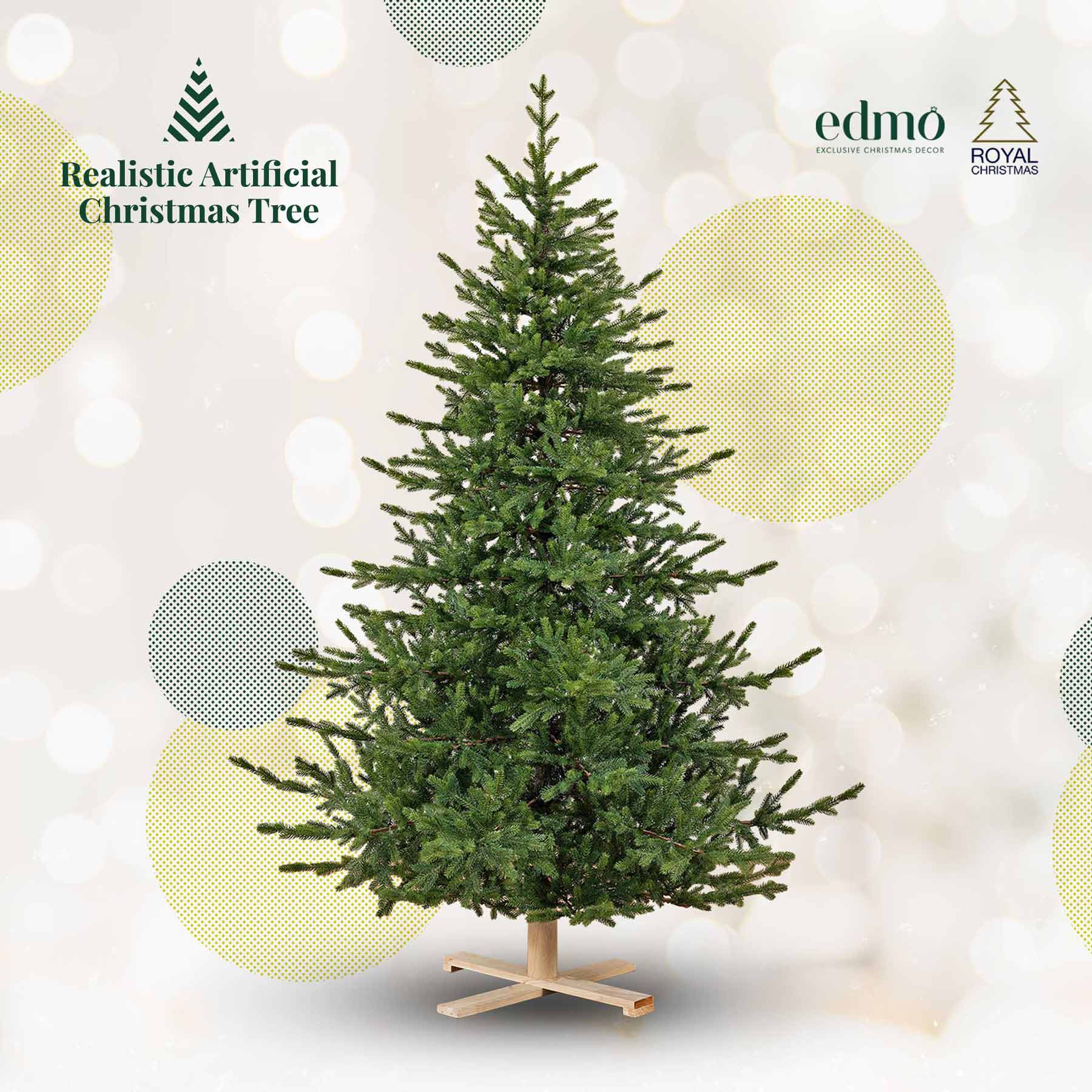The Origins of Halloween and the Art of Halloween Home Decoration
Halloween stands as one of the world's most beloved celebrations: a captivating blend of history, mystery, and creativity. From its ancient Celtic origins to today's extraordinary decorative displays, Halloween has transformed into a festivity that seamlessly merges an eerie atmosphere with sophisticated elegance. Join us as we explore how this enchanting and mysterious celebration began and discover how you can elevate your home with stunning glass decorations that capture the magic of the season.
The Ancient Origins of Halloween
Long before costumes and trick-or-treating became tradition, Halloween emerged as Samhain, a sacred festival celebrated over 2,000 years ago by the Celts in Ireland and Britain. This fascinating period marked a crucial moment in the Celtic calendar, signifying the transition between seasons and the passage between two worlds: that of the living and that of the deceased.

The ancient Celts believed that October 31st was the day when the boundaries between the earthly realm and the afterlife grew thin, allowing the spirits of ancestors to return to earth. For this reason, Samhain was far more than a simple celebration—it was a religious and spiritual observance of profound importance, rich with sacred rituals and mystical meanings that continue to influence how we celebrate Halloween today.
Samhain — The Festival That Started It All
Samhain marked the end of the harvest and the beginning of winter—a period when it was believed that the boundary between the world of the living and that of the dead became permeable. People would light massive bonfires to ward off spirits, wear masks to confuse them, and leave offerings of food for their ancestors. These customs eventually evolved into the modern traditions of Halloween that we recognize today.
Roman Influence on Halloween Traditions
When the Romans conquered Celtic lands, they integrated their own festivities, including Feralia, dedicated to the deceased, and Pomona, the goddess of fruits and harvest. The symbol of the apple, associated with Pomona, inspired the traditional game of "bobbing for apples", which remains popular at many Halloween celebrations worldwide.
Christian Adaptation — From Samhain to All Saints' Day
With the spread of Christianity, the Church sought to replace pagan festivals with Christian celebrations. In the eighth century, Pope Gregory III established November 1st as All Saints' Day, thus transforming the night of October 31st into All Hallows' Eve, which eventually became "Halloween".
The Birth of the Word "Halloween"
Through linguistic evolution, "All Hallows' Eve" was shortened to "Hallowe'en" and finally to "Halloween". From a religious and spiritual celebration, it transformed into a festival that blends tradition, folklore, and entertainment.
Halloween Through the Centuries
The history of Halloween is a fascinating journey through time, during which this celebration has undergone remarkable transformations, adapting to the cultures and eras in which it has thrived.

From its pagan origins in the British Isles, Halloween has traveled across the European continent, absorbing Christian influences and evolving into a festivity that unites spiritual, traditional, and modern elements. Each migration and cultural conquest has left its mark, enriching the meaning and practices associated with this particular night. What began as an ancient Celtic ritual has evolved into a worldwide celebration, yet it maintains its deep roots and mystical allure. Today, Halloween represents a fascinating bridge between past and present, a moment when tradition and innovation converge.
Irish Immigration and the American Explosion of Halloween
Irish immigrants brought Halloween to the United States in the nineteenth century, introducing the custom of carving turnips, which later transformed into the famous jack-o'-lanterns made from pumpkins. By the twentieth century, Halloween had become a social event, filled with costumes, games, and creative decorations.
The Art of Decorating Your Home for Halloween
In recent decades, decorating your home for Halloween has become a genuine art form, transforming this simple celebration into an extraordinary aesthetic and creative experience. More and more people are transforming their spaces into welcoming and enchanting environments, blending classic elements with refined details such as glass decorations. Contemporary Halloween decoration goes far beyond simple pumpkins and plastic spiders: today it's about creating immersive atmospheres that tell stories, evoke emotions, and transport observers into gothic, mysterious, and captivating worlds. Halloween enthusiasts transform gardens, entryways, living rooms, and outdoor spaces into veritable theatrical sets, employing sophisticated lighting techniques, handcrafted sculptures, and creative installations. Decoration is no longer mere adornment, but rather a personal expression of style, imagination, and dedication to the theme. Many decorators invest significant time and resources in creating unique displays, sharing them on social media and contributing to elevating Halloween to a genuine cultural and artistic phenomenon.
The Meaning Behind Halloween's Most Famous Symbols
Each Halloween symbol carries profound meaning:
- Pumpkins symbolize protection and light.
- Ghosts honor the spirits of our ancestors.
- Bats represent renewal and intuition.
- Black cats evoke mystery and magic.
Glass Decorations — Elegance and Mystery
Glass decorations reflect candlelight, creating a warm and sophisticated atmosphere. Whether it's a hand-blown pumpkin, a small bat suspended upside-down, or a monstrous sphere with bloodstained teeth, these pieces add a touch of class to the most enchanted night of the year.
Discover EdmoDecor's Halloween Glass Collection
To make your home truly special, explore the Edmo Halloween collection. Each piece is a fusion of craftsmanship and beauty—ideal for those who desire to decorate with taste and refinement.

Glass Pumpkin: A Halloween Must-Have
Edmo's glass pumpkins perfectly capture the essence of jack-o'-lanterns. The hand-painted monstrous expressions and lustrous finish that reflects light magically transform any table or shelf into an enchanted corner of delightful terror.
Monstrous Spheres: Building a Collection of Frights
Edmo's glass spheres, mouth-blown with monstrous faces and terrifyingly bloodstained teeth, are perfect for creating an atmosphere of pure fright.
Tips for Harmonious Halloween Decoration
- Combine diverse textures — blend glass, wood, and dried leaves together.
- Play with lighting — candlelight or LED lights enhance the glass reflections beautifully.
- Choose a coherent theme — for example, "Gothic Manor" or "Elegant Autumn".
- Add natural elements — dried branches, pinecones, or real pumpkins.
DIY Ideas & Styling
Create a focal point by arranging pumpkins of various sizes alongside scented candles. Alternatively, place a small glass bat on a mirrored tray to achieve a captivating reflection effect. You could also fill a bowl with glass eyeballs for a terrifying table centerpiece.
The Cultural Significance of Halloween Today
Today, Halloween is far more than a festival of masks and candy—it represents a profoundly significant moment to express creativity and share authentic experiences with our communities. This is particularly evident in how people of all ages and backgrounds embrace the holiday as an opportunity to break free from daily conventions and temporarily transform into fantastical characters. Halloween provides a safe and playful space where imagination knows no bounds and eccentricity is celebrated rather than judged. Furthermore, it has acquired unprecedented commercial and cultural significance, influencing cinema, fashion, art, and even consumer psychology. This stands as proof that ancient traditions can evolve into modern and captivating forms while maintaining their spiritual essence and adapting to contemporary times. Halloween today is a global cultural phenomenon that unites the memory of our ancestors with contemporary innovation, creating a unique moment in our cultural calendar where the past directly dialogues with the present.

